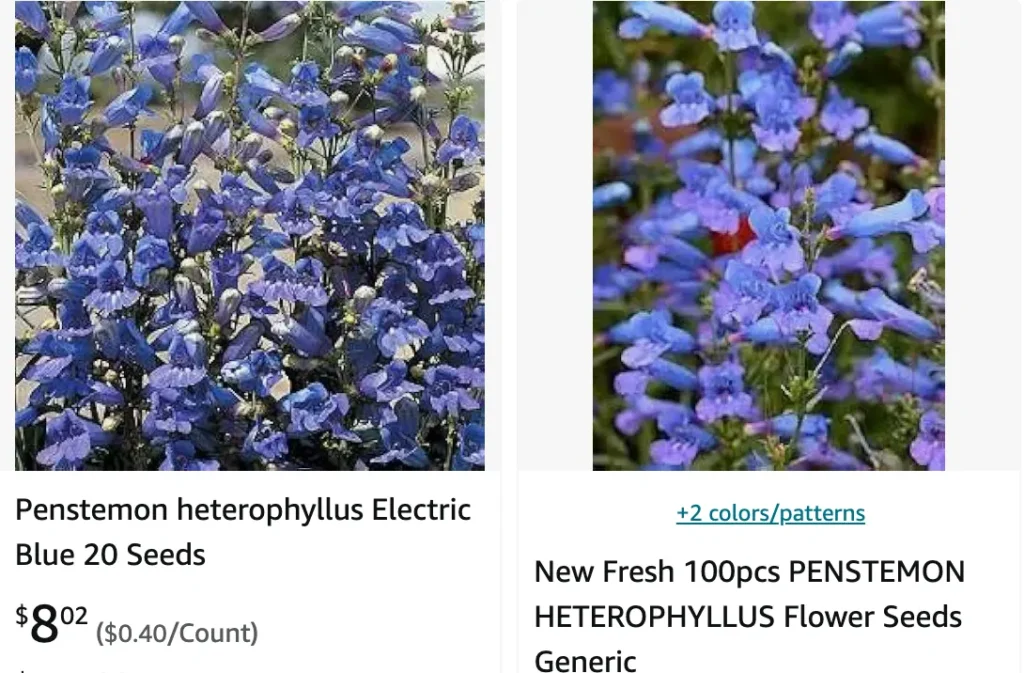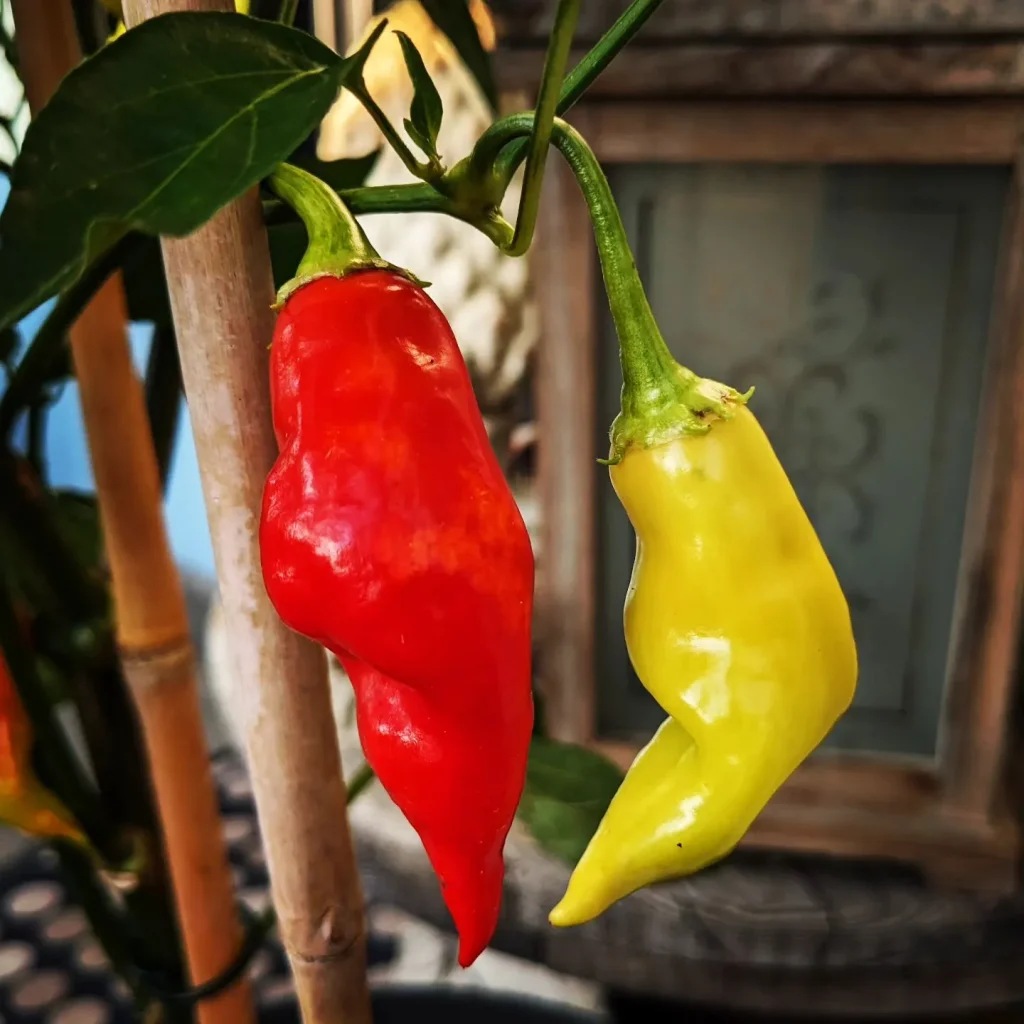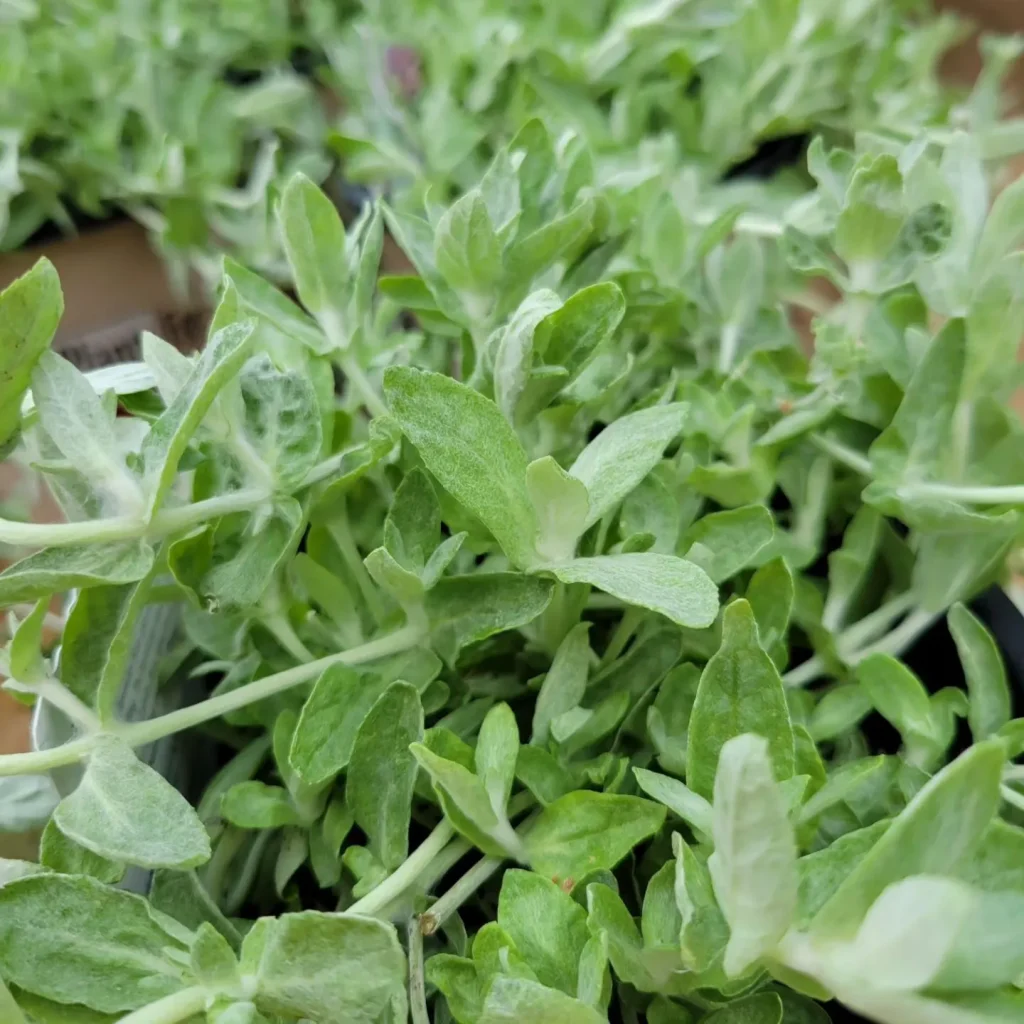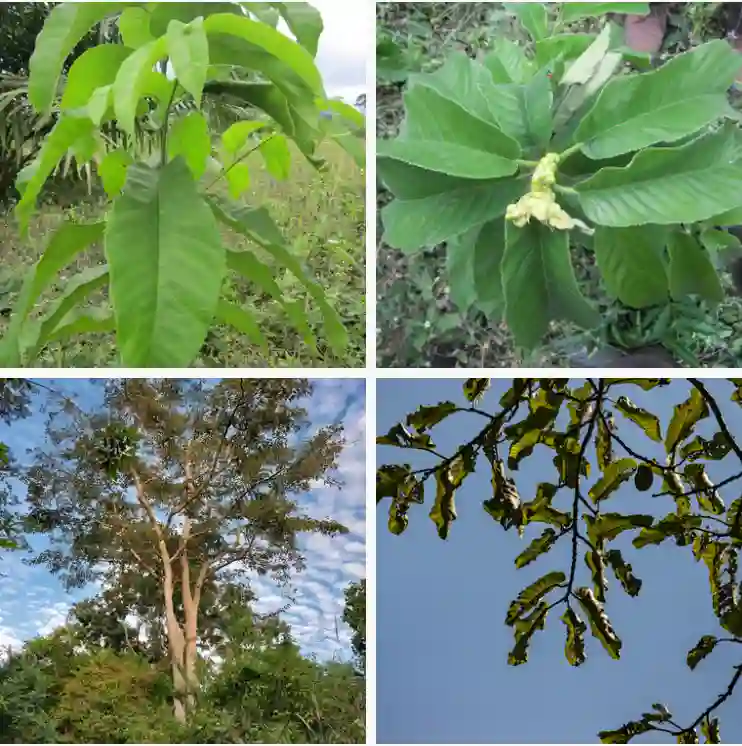
A California Native’s Charm: My Adventures with Penstemon heterophyllus
For those seeking a low-maintenance, pollinator-friendly perennial for their garden, look no further than Penstemon heterophyllus, also known as Foothill Penstemon or Bunchleaf Penstemon. This California native has become a favorite of mine, not only for its stunning blue blooms but also for its surprising adaptability and resilience.
Over the past few years, I’ve cultivated Penstemon heterophyllus in my own garden, and I’m here to share my experiences and insights into caring for this fascinating plant.
288 Species in Genus Penstemon
How to Care for Penstemon heterophyllus?
Penstemon heterophyllus thrives in sunny locations with well-drained soil. Amending your planting bed with sand or gravel can improve drainage if needed. Water deeply during the first growing season to establish a strong root system. Once established, these plants are surprisingly drought-tolerant and require minimal supplemental watering, especially during the cooler months.
Here are some key things to remember when caring for Penstemon heterophyllus:
- Light: Full sun is ideal for promoting abundant blooms.
- Soil: Well-drained soil is crucial. Sandy or rocky soils are well-suited, but amending clay soils with organic matter can improve drainage.
- Watering: Deep watering during the first growing season is important. Established plants are drought-tolerant and require minimal supplemental watering, especially during cooler months.
- Fertilizing: Light feeding with a balanced fertilizer in early spring can be beneficial. However, avoid over-fertilizing, as this can lead to excessive foliage growth at the expense of flowers.
- Pruning: To encourage bushier growth and extend the blooming period, you can lightly prune your Penstemon heterophyllus after the first flush of flowers.
Is Penstemon heterophyllus Evergreen?
Penstemon heterophyllus is considered evergreen in mild climates. In colder regions, the foliage may die back during winter, but the plant will typically return in the spring.
When to Sow Penstemon heterophyllus Seeds?
Propagating Penstemon heterophyllus from seeds is a rewarding experience. Here’s what you need to know:
- Timing: Sow seeds in the fall or early spring for germination the following year.
- Stratification: Cold stratification can improve germination rates. Place the seeds in a moist, sandy medium and refrigerate them for 4-6 weeks before sowing.
- Germination: Sow seeds on the surface of a well-draining potting mix and lightly press them in. Keep the soil moist but not soggy. Germination can take several weeks.
- Transplanting: Once seedlings have established a few sets of true leaves, they can be transplanted into individual pots or your garden bed.
A California Dream: Perfect Companions for Penstemon heterophyllus
Penstemon heterophyllus pairs beautifully with other California natives that share similar water needs and sun preferences. Here are some ideas for companion plants:
- California poppies (Eschscholzia californica): These cheerful orange flowers create a stunning contrast with the blue blooms of Penstemon heterophyllus.
- Yarrow (Achillea millefolium): Yarrow’s flat, white flower clusters complement the Penstemon’s tubular blooms, adding textural interest to the planting.
- Purple sage (Salvia leucophylla): The fragrant purple flowers of Salvia leucophylla create a harmonious color scheme with Penstemon heterophyllus.
- California native grasses: Ornamental grasses like deergrass (Muhlenbergia rigens) add a touch of movement and softness to the planting scheme.
Beyond the Basics: Additional Tips for Success
Here are some additional tips for growing a thriving Penstemon heterophyllus:
- Deadheading: Regularly deadheading spent flowers can encourage continuous blooming throughout the season.
- Pests and diseases: Penstemon heterophyllus is generally pest and disease resistant. However, watch out for occasional infestations of aphids or snails, which can be controlled with organic methods.
- Division: Established plants can be divided in spring or fall to create new plants.
By following these simple tips, you can enjoy the beauty and charm of Penstemon heterophyllus in your own garden. This California native is a low-maintenance, pollinator-friendly gem that will add a touch of wild charm to your landscape.
If i die, water my plants!



